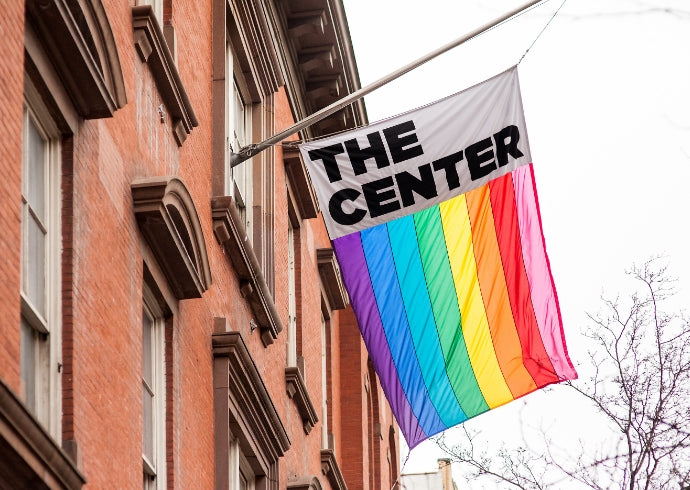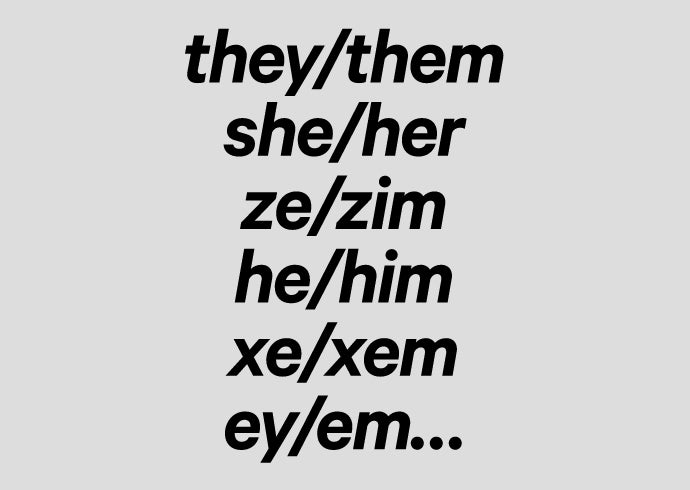If Beyoncé knows of your existence, yours is a rarefied life experience. Such is the case with the Artistic Haus of Telfar, which was mentioned by the singer herself in “Break My Soul (The Queens Remix),” a melding of Bey’s Renaissance track and Madonna’s “Vogue,” the song which initially brought the ballroom community to mainstream American consciousness over 30 years ago. This mention came only a year after the house made its public debut—quite an achievement indeed.
When the Haus of Telfar was founded in 2021 (started by Myles and Jah Telfar), it was the latest in an over 50 year history. Black and Latinx queer and trans folks have been organizing themselves into named “houses” since the 1970s. These groups have functioned as sites of mutual aid to exchange resources, emotional and mental support groups, and teams which would compete at balls for trophies and cash prizes. As legend has it, ballroom’s first house, the House of LaBeija, had been founded and operative since 1971. By 2002, the kiki scene, an offshoot of ballroom serving the youngest and often most at-risk, had begun. It is within this subset that Telfar, named for the New York City-based brand by designer Telfar Clemens, began.
“It really fit what we’re trying to do,” Myles says of the name. While naming houses after fashion brands is a tradition that stretches back to the beginning of ballroom, the Haus of Telfar is the only one today named after a Black designer. “I was against being named after some big European fashion house because that’s not what we are.”
|
What they were was a group of young folks in ballroom feeling stifled by the houses they were in. Ballroom has long been the site of creativity: It’s given the world the art of voguing as well as a new vernacular (as evidenced by the mainstream popularity of terms like “reading,” “shade,” and more). The scene has influenced and shaped culture in both told and untold ways over the years, often without recognition. Even as the spotlight on ballroom and its colorful community gets brighter, the story of the people behind it, particularly the Black trans femmes who have an outsize influence on it, get lost. Within the kiki scene, the group that would become the Telfars were ready for the landscape to evolve. They wanted to continue the tradition of innovation and creative fulfillment while mapping out futures of their own design. The Haus of Telfar got its official debut in 2021 at Jah’s Groovy Ball Part 2 with about 20 members total. “I wanted community, I wanted my own family,” Myles says. “I want to create rules for myself, by myself—with somebody that I trust. I wanted to give back to the scene in my own way.” Under the auspices of the house, better termed as a collective, Myles and Jah have cultivated a space for growth, healing, communion, and training, whether that be in the Bronx for an all-family Thanksgiving with Myles in the kitchen, or in the studio rooms of The Center, where members practice their performances for the balls. |
 |
The creative output has allowed them to collaborate with Telfar, the fashion brand they were named for, making them the first kiki house to work with their namesake. It has also seen them make history as the first kiki house to win House of the Year and New House of the Year—awards given by the community based on impact in the scene—at the same time, which they did twice. In this case, they won them at the Hetrick-Martin Institute Awards Ball and the People’s Choice Awards Ball.
“Within ballroom, these are the up-and-coming people who are breaking the most boundaries,” says Blossom Brown (they/them), a nonbinary trans woman and Community Manager at Milk Makeup, of the decision to spotlight the Haus of Telfar (which currently has about 100 members spread across the U.S., Canada, and Europe) and the kiki scene for Pride. “It’s less beholden to tradition and there’s a lot of evolution that happens from this young energy.”
Today, the house operates with Myles and Jah as founding parents while Symone and Jodi serve as overall parents. The family has grown out with other members and leaders, all the while being sure to make space for the next generation. A generation not content with only being an influence or inspiration but intent on being the front-and-center talent.
“The thing about Black queer art and Black queer resistance is that our community is often not seen as valuable—I want people to know that it is valuable,” Myles explains. “Our scene shapes the culture behind everything. I no longer want us to be on somebody's mood board or to be the inspiration, I want us to be in the room. There’s so much that we can give and it’s time we get the resources to back up our creativity.”
“We’re past the point of being underground now.”
This Pride Month, we’ll be highlighting the stories of four Black trans femmes from the Haus of Telfar. We’ll be centering their stories and experiences within ballroom, a scene in which their creativity, talents, and aesthetics are integral. Follow along as they share their perspectives and paint a picture as to how their contributions to this once-underground scene has influenced our culture at large.


 "
"
